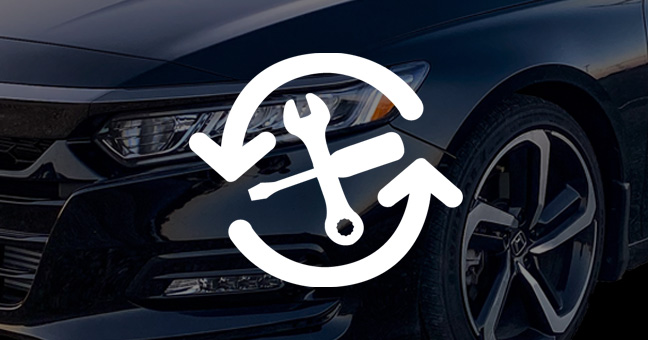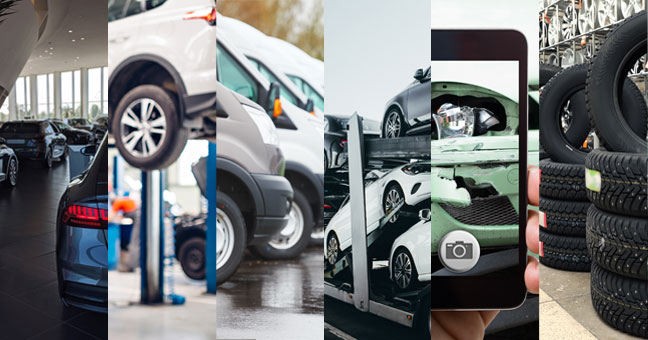We live in a world that is swiftly traveling towards a fully digital age, making data collection through form submission an integral part of the internet. One of the easiest ways to add significant value to the quoting portals and online lead generations for insurance and warranty is through reverse VIN lookup. Consumers are now able to easily enter their known vehicle details immediately without requiring a VIN, which can push leads through the necessary fields with a higher completion rate. The end users (insurance companies and warranty providers) can act on these leads more efficiently because they have the VIN pattern generated from this tool. Lastly, these companies encourage trust with the consumers by providing users with an experience first while still effectively collecting the necessary data.
Read MoreJan 16 2024
Topics: VIN, Insurance, Risk Management
Jan 4 2024
Warranty businesses serving the automotive industry are facing many of the same challenges impacting insurance companies, including price inflation for parts in both direct and 3rd party markets, supply chain roadblocks, and significant increases in claim severity. These issues are compounded by a pandemic-induced decrease in new car sales, all contributed to the warranty industry experiencing a 2.7% decline in revenue year-over-year per Consumer Affairs.
The good news for warranty companies is that there appears to be a clear path to rebound. The same Consumer Affairs report finds that consumers are increasingly looking to extend their cars’ usable lifespan and typically cannot afford costly repair bills without coverage. This points to an increased and sustained demand for warranty coverage as the population of vehicles in use ages. However, to maximize the profitability of these warranty policies, vehicle risk assessment models used to price warranties will need to be updated and future-proofed for the latest technology developments to maintain their accuracy.
Read MoreTopics: Risk Management, Warranty
Nov 28 2023
The economic conditions of the early 2020s had a unique impact on the automotive industry. Dubbed trimflation by car culture website Autopian, the output in entry-level models was greatly reduced, while high-margin trims became more commonplace and MSRPs were increased across the board. UMass Amherst Professor Isabella Weber noted, “Companies in the automobile sector [amplified] price pressures enabled by a form of temporary monopoly granted by the computer chip shortages. This allowed car producers to focus on expensive models with higher margins and generally raise prices without having to fear a loss in market share.”
Read MoreTopics: VIN, Insurance, Risk Management
Oct 7 2021
In a previous article, we discussed how businesses can leverage a commercial VIN decoding solution to identify vehicle specs by VIN, as well as which specs are often included. In this article, we are going to dive into which businesses benefit from this functionality. The short answer is just about any industry that has anything to do with vehicles, their maintenance, financing, insurance, or transportation. Here’s a deeper dive into some of the most popular use cases for vehicle specs identification by VIN:
Read MoreTopics: Logistics, VIN, Parts & Services, Insurance, Vehicle Equipment, Dealers, Fleet Management, Risk Management
Aug 31 2021
Beyond just misleading, limited data can harm your business. Market analyst, Gartner, found that 27% of the data in the Fortune 1000 companies is considered flawed, which they defined as inaccurate, incomplete, or duplicated. According to their research, poor quality data leads to high costs, a high customer turnover rate and excessive expenses. IBM estimates that bad data costs the US economy roughly $3.1 trillion dollars each year. They also found that 1 in 3 business leaders don’t trust the information they use to make decisions. Experian Data, in a separate study, determined that flawed data impacts the bottom line of nearly 90% of all American companies.
Read MoreTopics: Insurance, Risk Management, Finance





